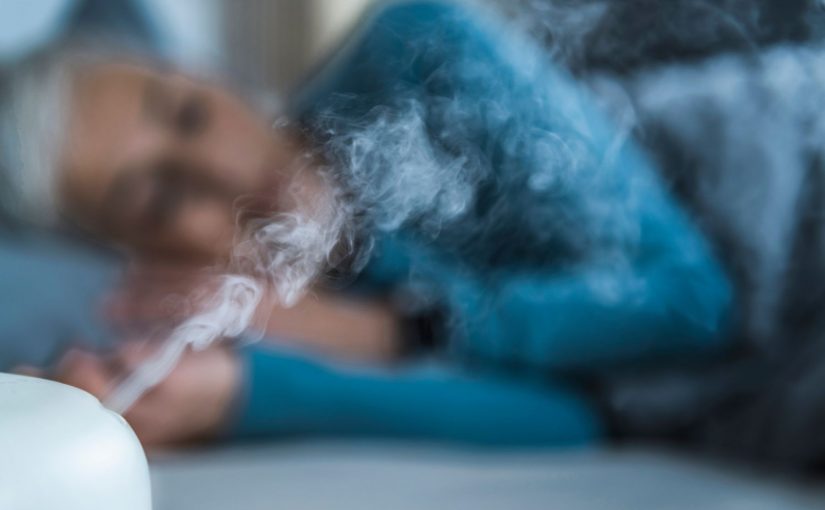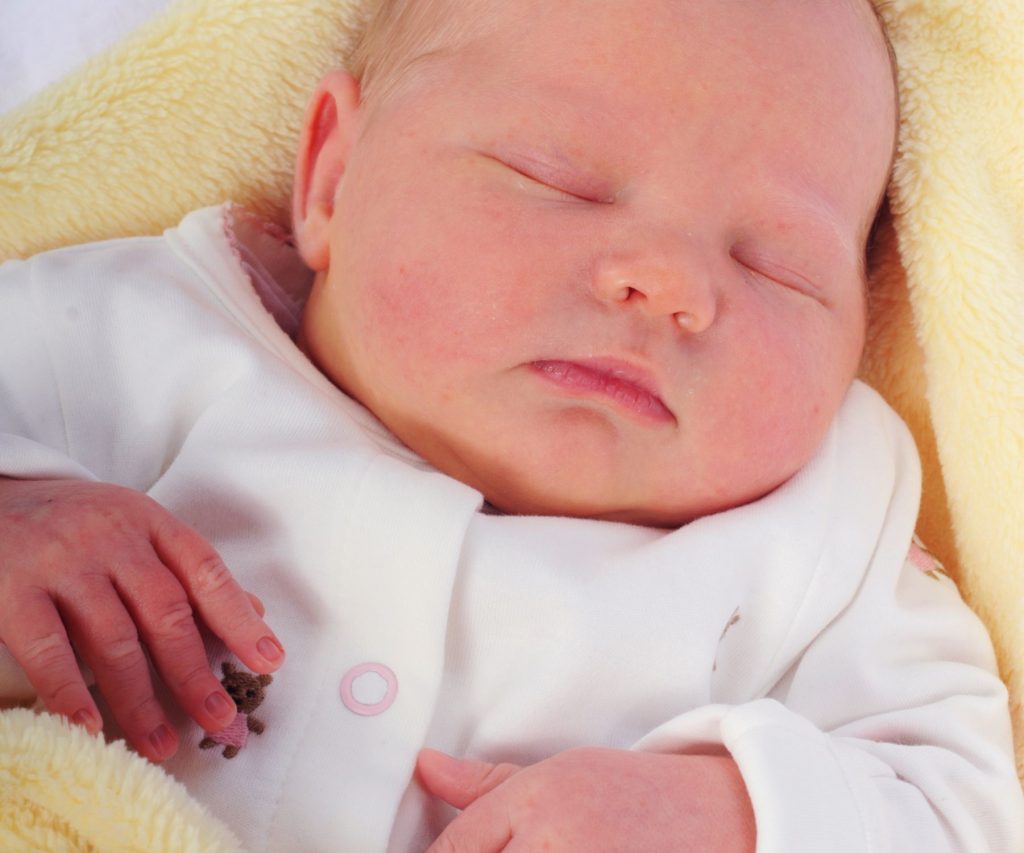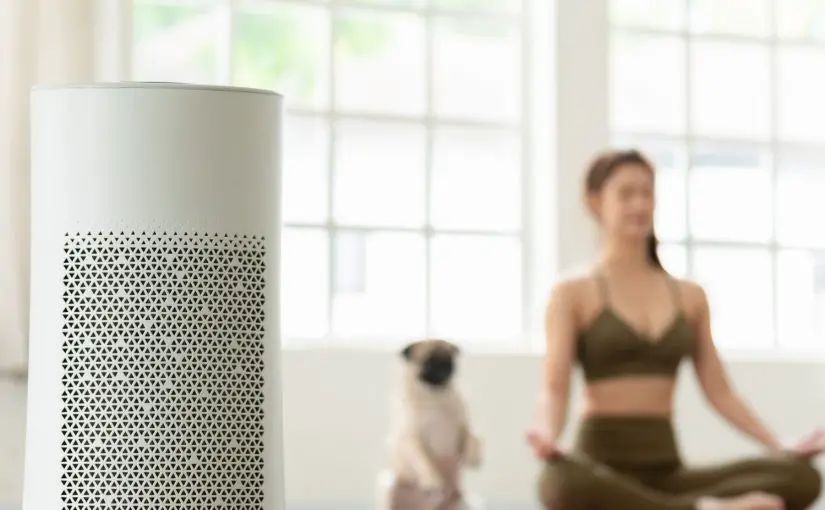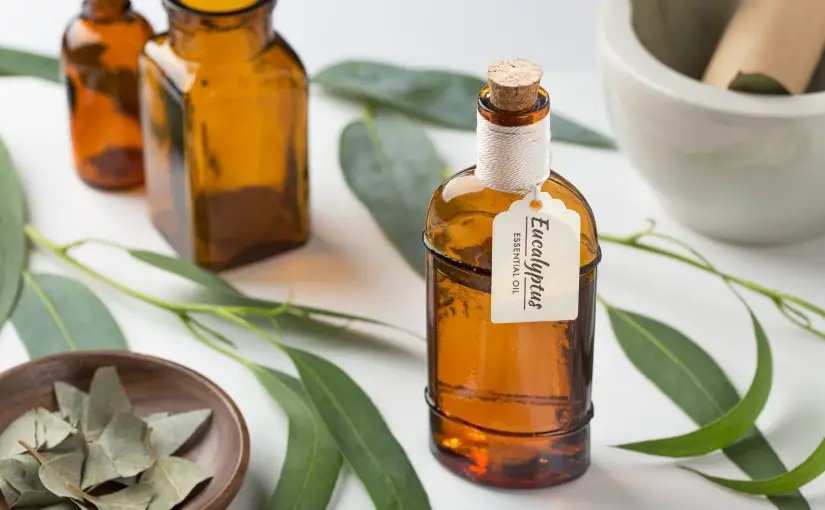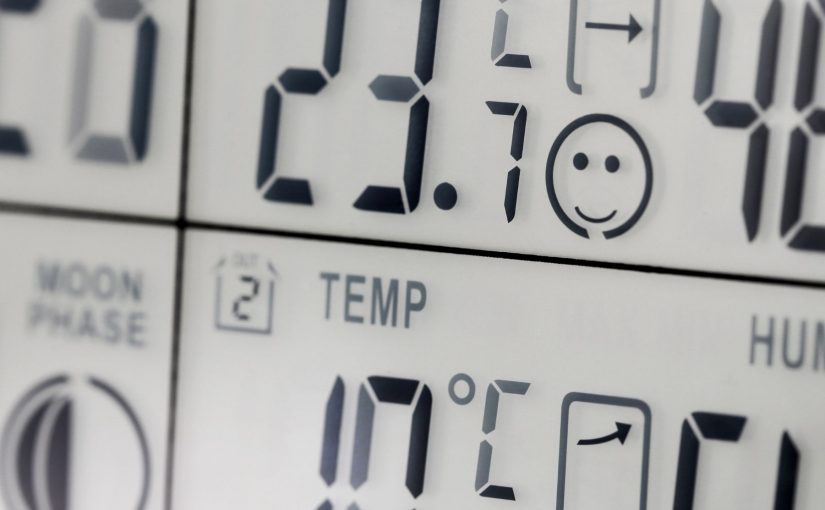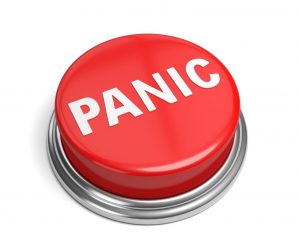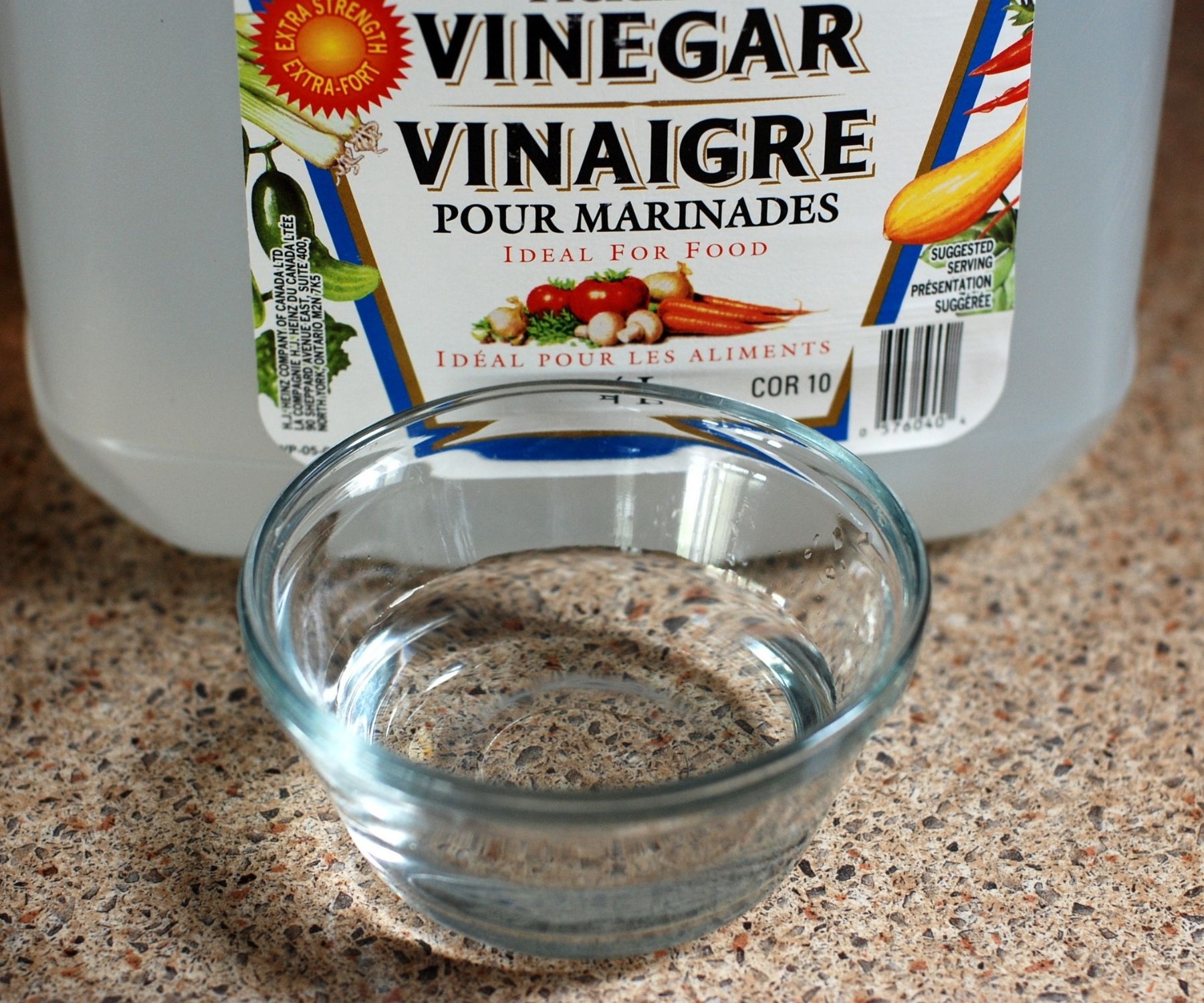There’s nothing like having a new baby in the house. And as parents we want to do everything possible to ensure that babies and children get the best protection from airborne transmitted illnesses.
The air we breathe has much more of an effect on the state of our health than many people realize.
And quality of your air including how clean it is and the relative humidity can affect a baby even more so because of their delicate immune systems.
So how do you know what is the best way to keep the air quality healthy so that your baby is breathing healthy air?
Do you need an air purifier or a humidifier for a baby?
Air quality is a combination of the proper relative humidity and the cleanliness of the air. It’s hard to separate the two.
Humidifiers and air purifiers are both needed to keep the air in your baby’s room both hydrated and clean to ensure protection against airborne viruses and allergens.
During the winter months, a humidifier edges out the air purifier when it comes to keeping your baby healthy and comfortable.
During the dry winter months, a humidifier will not only moisturize the air, it will help keep the air clean as well.
Is a humidifier the same as an air purifier?
Not too many people talk about this point, but a humidifier is actually a type of air purifier all on its own.
How so?
Humidity droplets way more than dust particles including viruses, bacteria, pollen, mold spores, and other allergens.
When there is a lack of humidity in the air these particles are allowed to float and travel further and longer.
When the proper humidity has been added back into the air through the use of a humidifier, the particulates floating through the air become too heavy to float and fall to the surface.
That means that viruses and allergens cannot transmit through the air as easily.
Another aspect that makes a humidifier a type of air purifier is that moisture washes the air when it is emitted.
That is one of the main reasons the air seems so fresh after a good rain.
Humidifiers are not needed all year long. And though there are plenty of exceptions, humidifiers are usually used primarily during the winter months then stored away for the rest of the year.
Air purifiers, on the other hand, are beneficial all year long.
An air purifier will filter the airborne particulates that can get into your baby’s lungs and interrupt their sleep as well as cause sneezing and coughing fits.
But air purifiers do nothing to humidify the air.
A vicious circle.
A Better Way
A better way to judge whether or not you need a humidifier or an air purifier for your baby is to buy the right equipment to actually measure the moisture level and the allergen content of the air.
Hygrometer is a humidity gauge/meter that will let you know if the humidity has dip below the 40% mark that indicates that your humidity is too low and could be causing adverse health effects in your baby and everyone in your family.
An air quality tester, test the air quality to ensure that the air in your home is not full of mold spores, and other bacteria.
So fortunately there is a way to measure your air quality other than your hair is frizzy or you’re sneezing a lot in certain rooms in the house.
A hygrometer and an air quality tester are the only scientific way to know whether or not you need an air purifier or a humidifier for your baby.
Air purifier /Humidifier Combination units.
Product manufacturers realize that air quality is not humidity versus Air cleanliness. It requires both to maintain the health of your air and family.
There are many air purifiers/humidifiers on the market.
Some better than others and some much better than others.
1.Air Washer
When you first start looking for a humidifier-air purifier combination device, you quickly discover an appliance called an air washer.
Air washers use water as a type of filter to clean the air. The air is drawn into a big basin of water where it goes through a cleaning process and then is released back into the atmosphere.
Air washers make very good humidifiers.
And if you are just looking for a humidifier and air purifier that you will use during the winter, air washers are very efficient and do a great job.
But… They have the same problem as any other humidifier in that the air is not dry all year long and there is a huge portion of the year where you do not want to have a humidifier running and adding extra humidity to the air.
2. Another type of humidifier / air purifier combination device is simply an air purifier that has a humidifier setting.
This is more of a conventional HEPA air purifier that has a humidifier with it all in the same box.
So you can get away with one device to use as a humidifier when you need it to moisturize the air and an air purifier when you want to filter the air.
This is a pretty good idea as far as convenience goes and if you have a lack of space.
But because these units have to have room in them for the HEPA filters and the water basin, the water basin tends to be smaller. Which means you will fill it up more often. And the humidifier is the most basic version you can purchase.
And for the price of one combination of humidifier and air purifier, you could get a much better humidifier and still get an air purifier that functions as well..
Humidifiers and air purifiers these days come with the proper measuring equipment installed.
You can get a humidifier with a hygrometer / humidistat that can be used as a cool mist / warm mist humidifier that can be controlled with your smartphone and filled from the top and still be able to afford a decent sized baby air purifier.
Do you need an air purifier or humidifier for your baby?
The truth is both. Air quality is a combination of the proper relative humidity and the cleanliness of the air.
During the winter, a humidifier will get you through and do a better job than an air purifier.
But they are not useful all year long because the humidity does not stay dry all year long.
So an air purifier is needed and is beneficial throughout the year.
There are some combination air purifier/ humidifier devices available.
But they either have the problem of being a humidifier all year long or being equipped with a water basin that is much too small anyways to provide the most basic of humidifier functions.
My opinion is that if you have the space, you can get a much better humidifier and still be able to purchase a baby room size air purifier that is equipped with a HEPA filter and do a better job than one of the combination devices.




